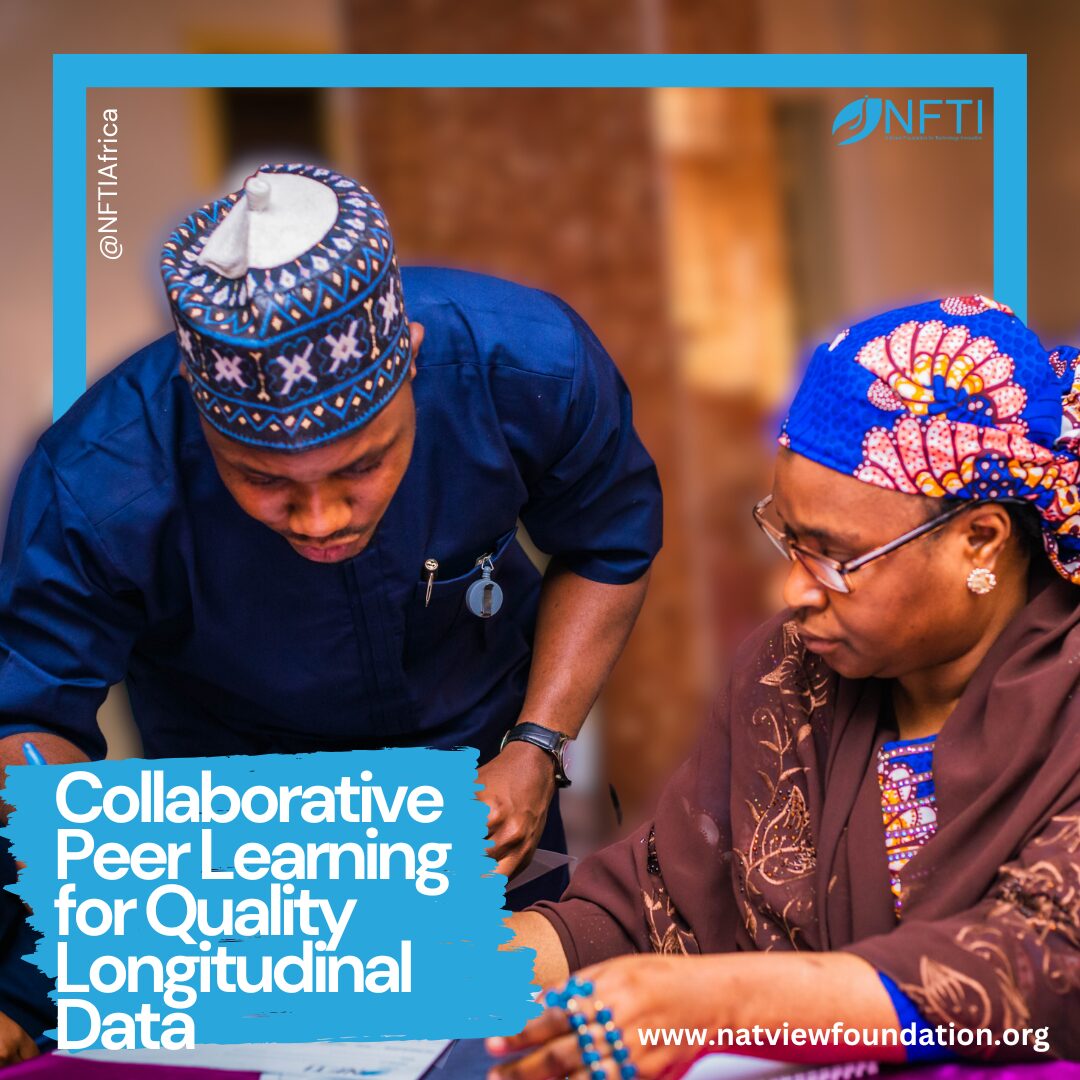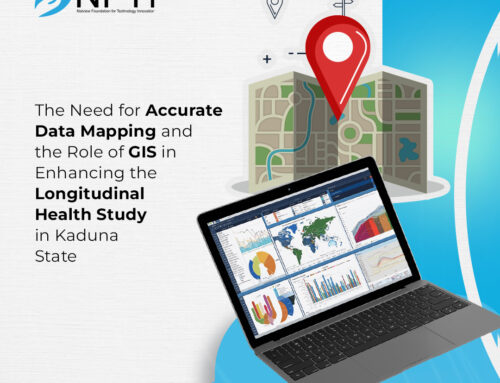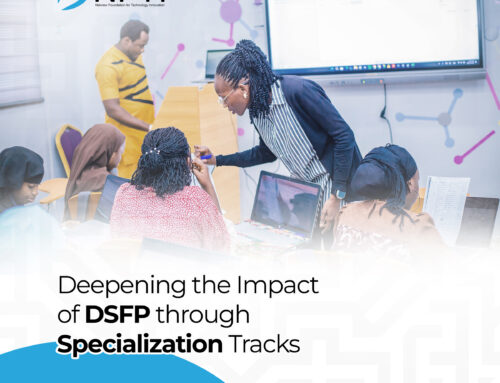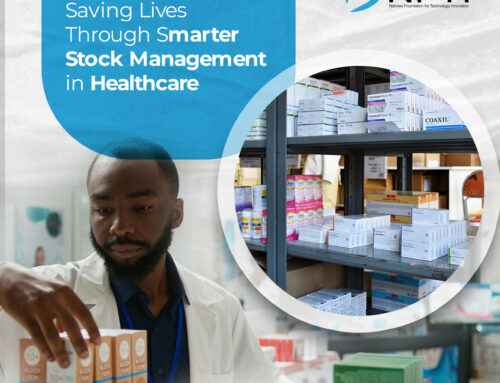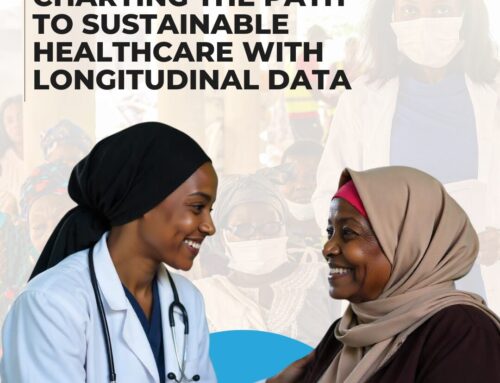The first time I ever encountered the concept of data collection was during the national census when I was much younger. I remember watching enumerators go from house to house, asking questions and marking tallies on their sheets. Even then, I was intrigued. I wondered how accurate it could be—how they ensured everyone was counted, avoided duplication, and if the census and its outcomes ever mattered. That curiosity has never left me, and today, working with the Natview Foundation for Technology Innovation (NFTI) on the longitudinal study project on primary healthcare facility readiness has deepened my appreciation for data-driven decision-making in ways I never imagined.
At NFTI, we believe in community-driven solutions, and evidence-based change is at the heart of what we do. The longitudinal study we conduct across multiple LGAs in Kaduna State is not just about gathering data—it’s about understanding trends, making sense of them, and ensuring that every insight is validated and used.
One of the most fascinating aspects of this study is how quickly data is being validated. Once the data collectors, best known to us as data champions, return from the field, they don’t just submit their findings and move on. Instead, we convene in the situation room, where the real work begins. The biweekly cadence meetings and peer learning sessions serve as critical touchpoints. Here, we analyze the data, identify inconsistencies, and engage in robust discussions about what the numbers mean. This stage is where data stops being mere figures and starts telling a story.
Peer learning has become an indispensable part of this process. It is in these sessions that we uncover the ‘why’ behind the trends we observe. Why is absenteeism high in certain facilities? Why are essential drugs out of stock in specific areas? Why do some health workers struggle to use the systems put in place for effective service delivery? These sessions allow us to hear from program officers, PHC directors, pharmacists, and field workers—people who live and work within the system every day. Their perspectives provide context to the numbers and help shape practical solutions.
Beyond the numbers, I am constantly blown away by the technological sophistication of this study. The geospatial work on polygon corridors, for example, is mind-blowing. Knowing that we can track where our data champions are in real-time and ensure that they are collecting data only within their assigned facilities enhances the integrity of our findings. This level of precision eliminates doubts and strengthens the credibility of our work.
This entire process has also exposed me to a new language—terminologies that once sounded complex now make perfect sense. From HRHMIS to supply chain management analytics, every step of this journey has been an education. I have come to realize that data isn’t just numbers on a screen; it’s a powerful tool for transformation. It informs policies, drives interventions, and ensures that no one is left behind.
NFTI, through this study, is telling the story of our healthcare system, and we will push through advocacy and consistent stakeholder engagement to ensure that every insight leads to action. Through peer learning, validation, and continuous analysis, we are bridging the gap between data and impact. And for me, this project is more than a study—it’s a movement towards a smarter, more accountable healthcare system, one data point at a time.

